This blogging journey is almost over! So bittersweet.
This week’s focus: successful efforts (to some degree) in promoting sustainable fishing and seafood!
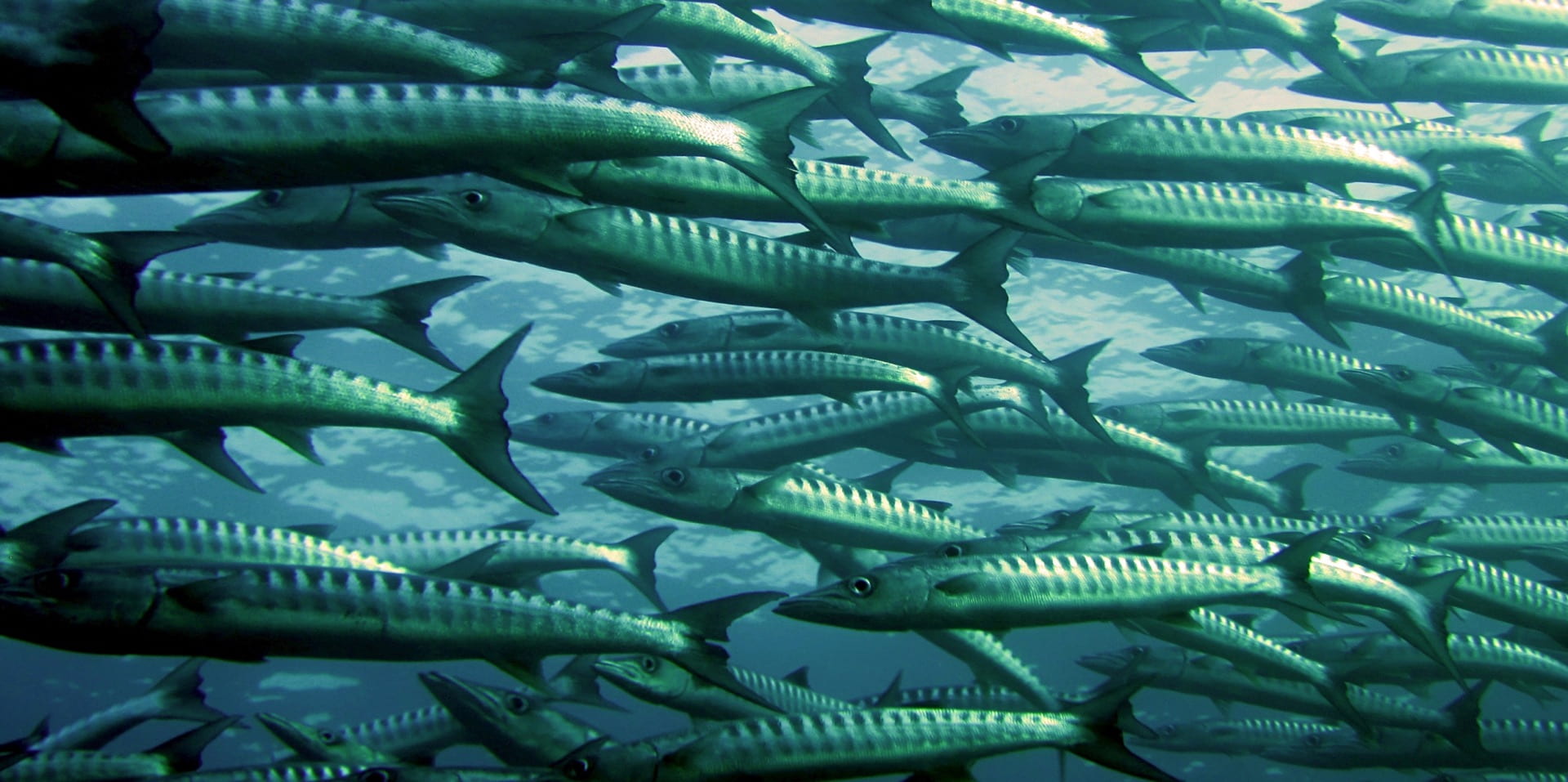
Let’s turn to the U.S., specifically the Magnuson-Stevens Fishery Conservation and Management Act (MSA) – a legislative cornerstone in regulating U.S. marine fisheries. Enacted in 1976 in response to heavy overfishing in their waters, especially by illegal foreign vessels, the MSA stretched the country’s Exclusive Economic Zone (EEZ) from 12 to 200 nautical miles* (NM) from the coast, keeping out foreign fisheries.
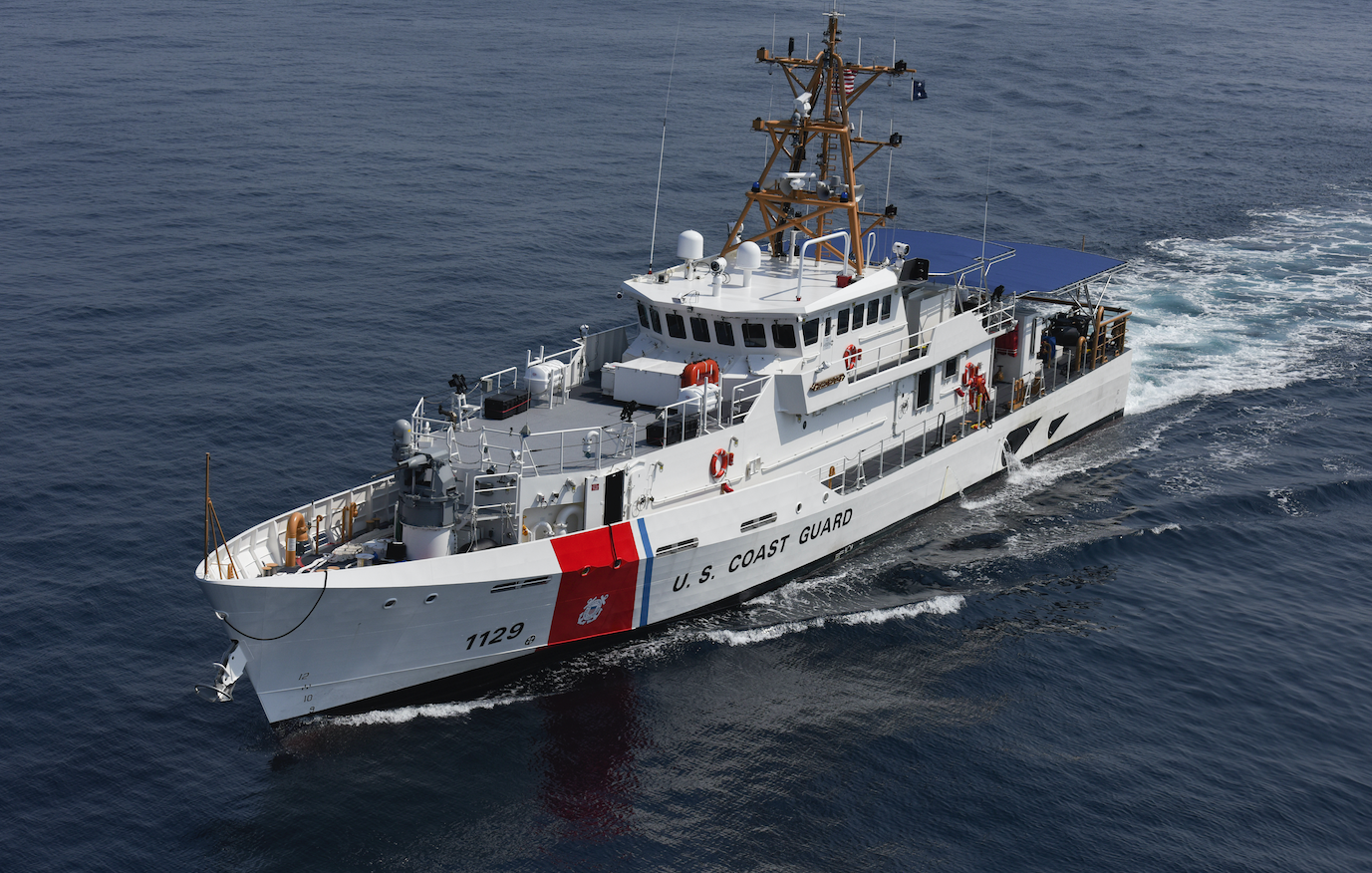
Thinking back to my Africa posts, we see how affluence affects the effectiveness of a country’s efforts in countering overfishing. Somalia faces the same problem today despite declaring its EEZ out to 200 NM. Weak policing of waters means that this strategy has got no teeth there – foreign vessels just aren’t deterred.
Back to the U.S., the fight against overfishing wasn’t over. The problem shifted to local fishers, who seized the ‘niches’ of the now absent foreign vessels and ramped up their catches to unsustainable levels. It wasn’t until twenty years later that the MSA was amended and became more effective. Today, it is widely seen as a largely successful conservation policy, having succeeded in rebuilding certain fish stocks.
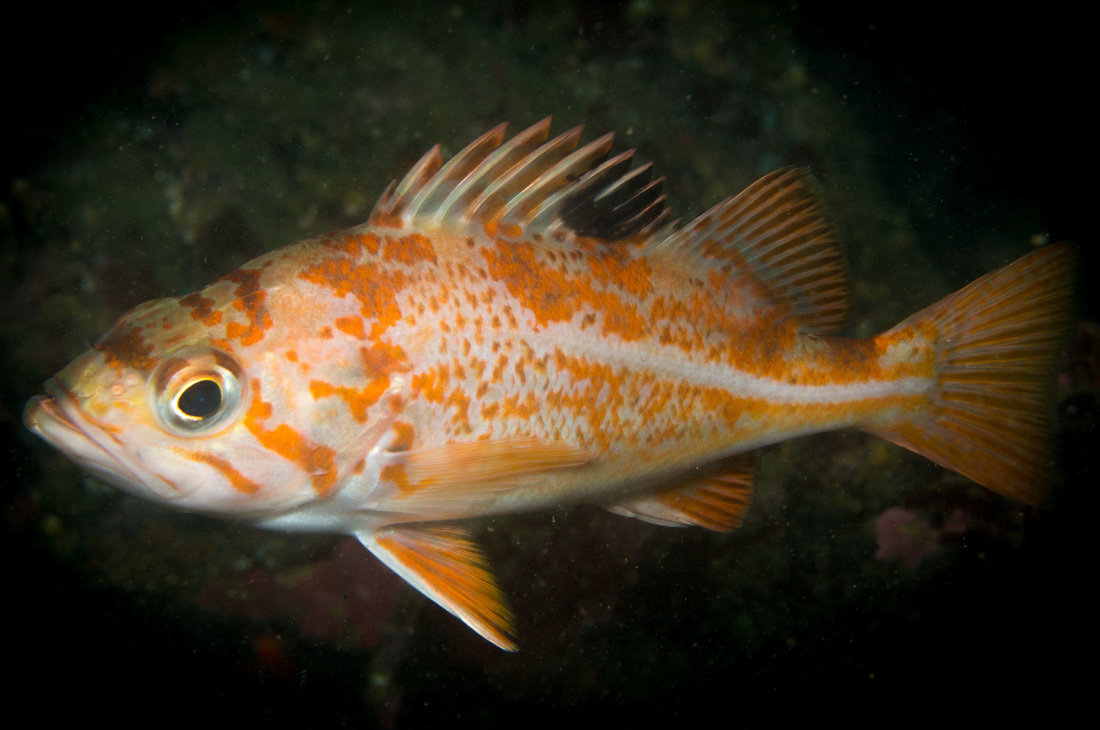
Of course, that is not to say that the MSA is flawless. For one thing, it’s been criticized for the use of obsolete stock assessments to set catch limits – definitely an area for improvement.
Next up, let’s look at the Marine Stewardship Council (MSC), an international NGO that promotes sustainable seafood through the use of its ecolabel and fishery certification program. Fisheries are assessed independently to the Fisheries Standard according to three principles:
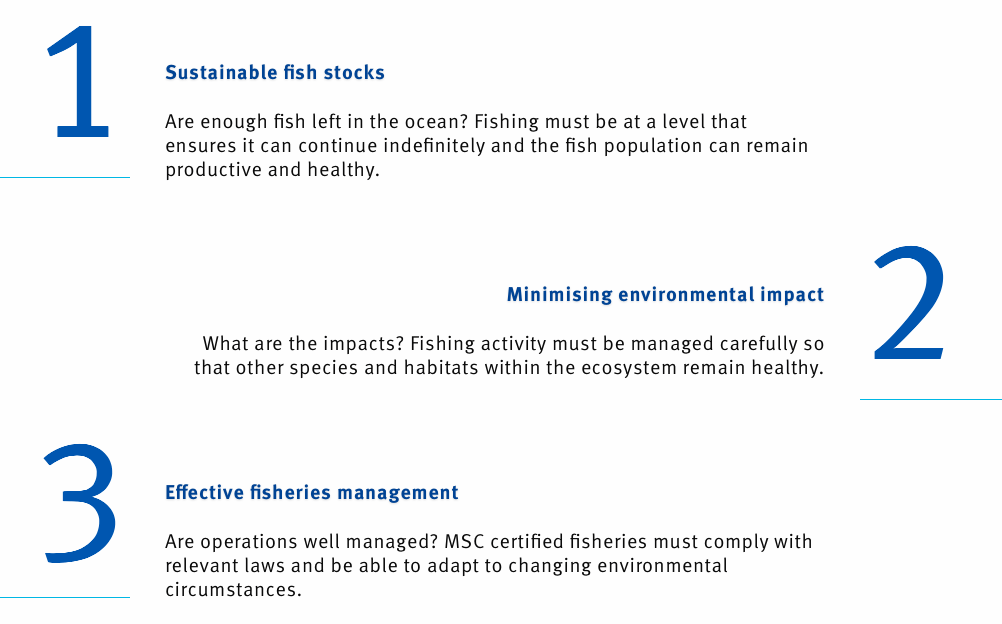
Seafood from certified fisheries may be labelled with this blue label:

One notable MSC-certified fishery is the U.S. Alaska pollock fishery, which apparently has one of the best scores for sustainability among other MSC-certified fisheries! That’s heartening because the fishery – the second largest worldwide – supports countless livelihoods.
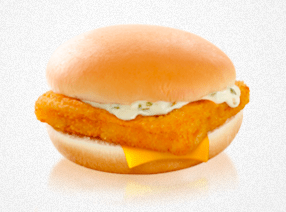
But hold up. I think it’s crucial to note that just because something is certified sustainable, doesn’t mean it really is! In 2017, a fishing vessel was arrested for unlicensed (aka illegal) fishing in Liberia – not something you’d expect from a vessel that’s sustainably-certified, specifically under “Friend of the Sea” criteria for the sustainable fishing of Black Tiger Prawns! The potential deceit disgusts me (because I value traceability) – if the trawler did get away with illegal shrimping, consumers would end up eating seafood that’s labelled ‘sustainable’ but actually isn’t.
Naturally, this made me more sceptical of ecolabels in general. Let’s see if MSC is as rosy as it appears:
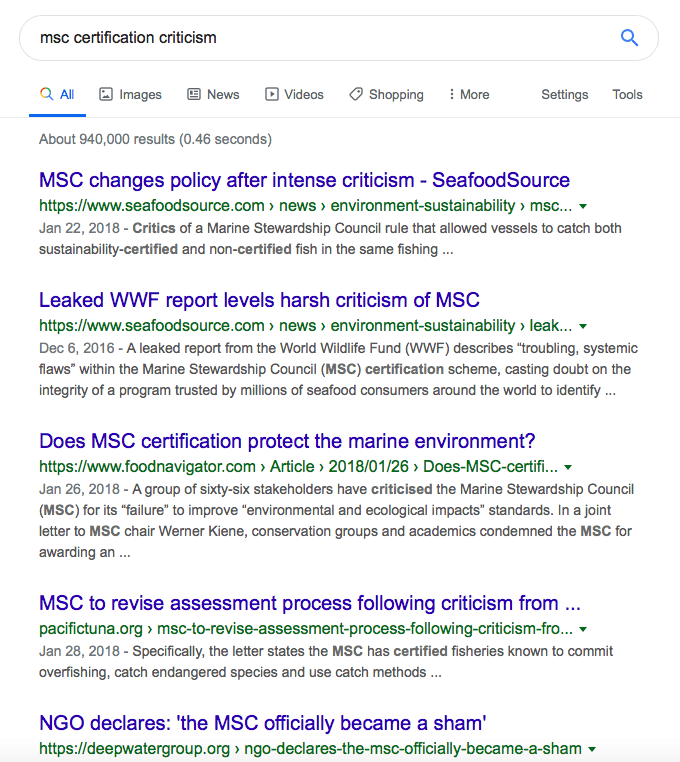
One reason for the criticism: A leaked WWF report revealed that the MSC engaged in “questionable practices”, undermining the certification threshold for fisheries.
Urgh, is it so hard to eat actually sustainable sustainably-certified seafood? Apparently so. But then again, I would think that it’s not easy for the MSC, or any ecolabel, in fact, to fulfil all expectations. The issue of sustainable seafood is multifaceted after all. Hopefully, the MSC will be determined to challenge itself and strive for continuous improvement.
I have so much more to say, but I’ll have to leave it for next week. T^T
Sea ya!
*1 nautical mile = 1.51 miles
Joanna L Coleman
November 4, 2019 — 1:52 pm
Hi Vera,
Could I pls address something publicly ?
“Let’s turn to America…”
This habit of referring to the US as “America” is a thorn in the side of many ppl. Americans do it and so do ppl in Australia & to a lesser extent, Europe.
But here’s the thing. There’s no place called “America”. There is “The Americas”, which includes North America (3 diff. countries), Central America and South America, plus the West Indies.
The correct appellation is “the US”.
Cheers,
jc
vera
November 5, 2019 — 3:09 pm
Hi Dr. Joanna!
Actually, the usage of ‘America’ vs ‘US’ has always niggled at my mind but I decided to use both terms in the post to represent the US to add some variety. Clearly, that was unnecessary haha
Thank you for correcting me!
Vera
e0411209
November 7, 2019 — 8:24 pm
Hi Vera,
Really interesting post and especially disheartening to know that MSC cannot be trusted as much I used to.
With all this talk about sustainable seafood going on, I feel that many Singaporeans don’t know whether the seafood they’re eating is sustainable due to the lack of information. What more do you think can be done to increase the public’s awareness of what they consume?
vera
November 8, 2019 — 12:49 am
Hello to whoever you are :))
Thanks for reading my post! Sorry it’s not very uplifting D: But it goes to show how much more room for improvement there is!
There’s a sustainable seafood guide released by WWF, which may be helpful in teaching people how to consume seafood more sustainably (Look out for my post later today where I talk more about this guide!). But I’m not very sure if many people are aware that this seafood guide exists. I wasn’t, and neither was my family. The problem lies in outreach. Messages on sustainability don’t reach out enough to the public. Personally, the best way to counter this is through news articles or social media. It seems to me that only those who are actively searching for ways to consume sustainable seafood would chance upon the guide, which can be found on WWF Singapore’s website. I mean, who would casually browse through WWF Singapore in their leisure time? Not me because I’m watching YouTube videos 😀 Using news articles and social media as a platform to publicize would be able to reach out to a larger audience.
Thanks for your comment!
Vera
e0411209
November 8, 2019 — 10:22 am
Hi Vera,
Thanks for your reply! I’ve also heard about the guide but only when someone was actively informing me about the issue so I do get what you mean.
Forgot to sign off previously but Parizad here 🙂